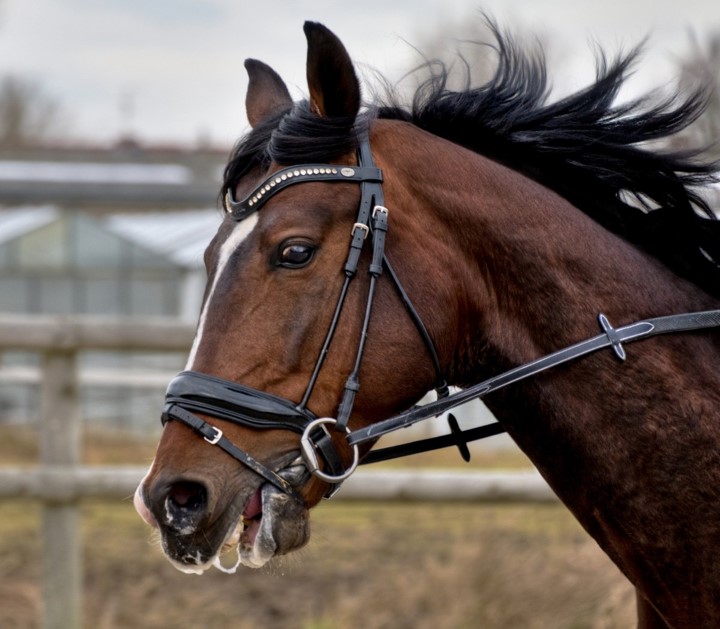The following incident was related to Brother James Bird by Brother O. B. Huntington, of Springville, Utah, who was wise enough to keep a daily journal during his whole life:
“It was in 1842 or 1843, at Nauvoo, that Joseph Smith the Prophet had such a time with his horse, when our Sunday meetings were held in a grove, back of the printing office on the river bank.
“Meeting had closed and the people were standing around in groups, or leisurely strolling towards home, when the Prophet, driving his own team, with his wife Emma and Sister Dibble occupying the back seat, started from the grounds and had gone perhaps four rods when suddenly one of the horses became wild and frantic – rearing and plunging, squirming from side to side.
“Emma said to Sister Dibble, ‘Let us jump out.’
“Joseph said, ‘Sit still!’
“Bystanders were attracted by the singular freaks of Joseph’s most reliable team and hurried to render any assistance they could.
“Sister Emma not wishing again to disturb Joseph with any remark, nudged Sister Dibble, and suggested by her looks and motions that she proposed to jump.
“She obeyed and started to jump from the carriage, but received from the Prophet a short, quick reply,
“ ‘Keep still!’
“Just then men were on both sides of the carriage, and out the ladies went into somebody’s arms, leaving Joseph alone.
“As soon as alone he turned the team this way and that way – right and left, gently touching them with the whip, to convince himself, bystanders and the horses, that he was master of the situation.
“The ladies rode home in another carriage. When all were at home, the Prophet told them that he saw an animal about the size of a wildcat with terrible claws, light onto the horse that had acted so badly, and if they had done as he told them he could have managed all right, but he had no help, no one to unite with him, hence the power to disturb.
“If they had confidingly done as he told them he would have had more power.”
Oliver B. Huntington, “The Young Woman’s Journal, Volume II, #2, pp. 76-77.

